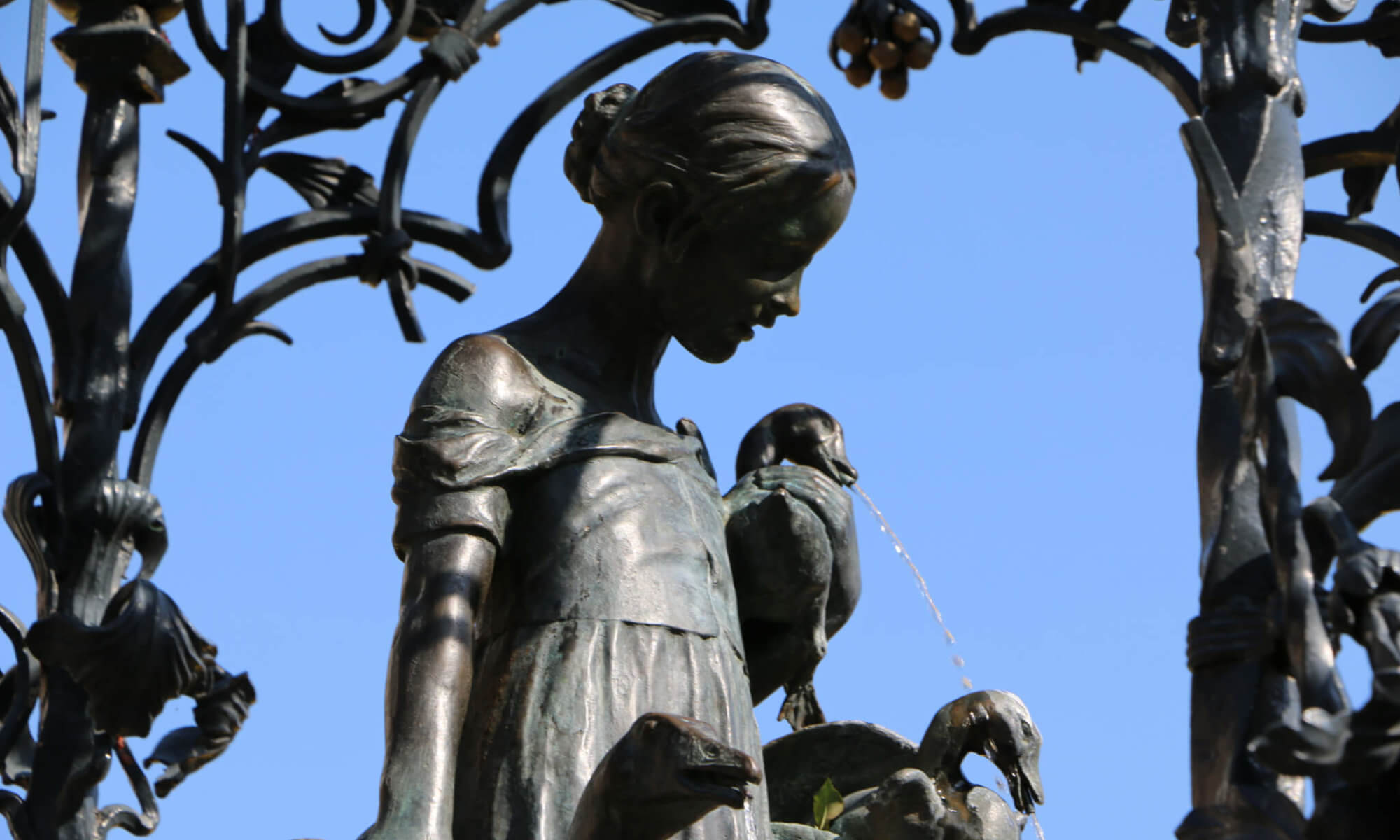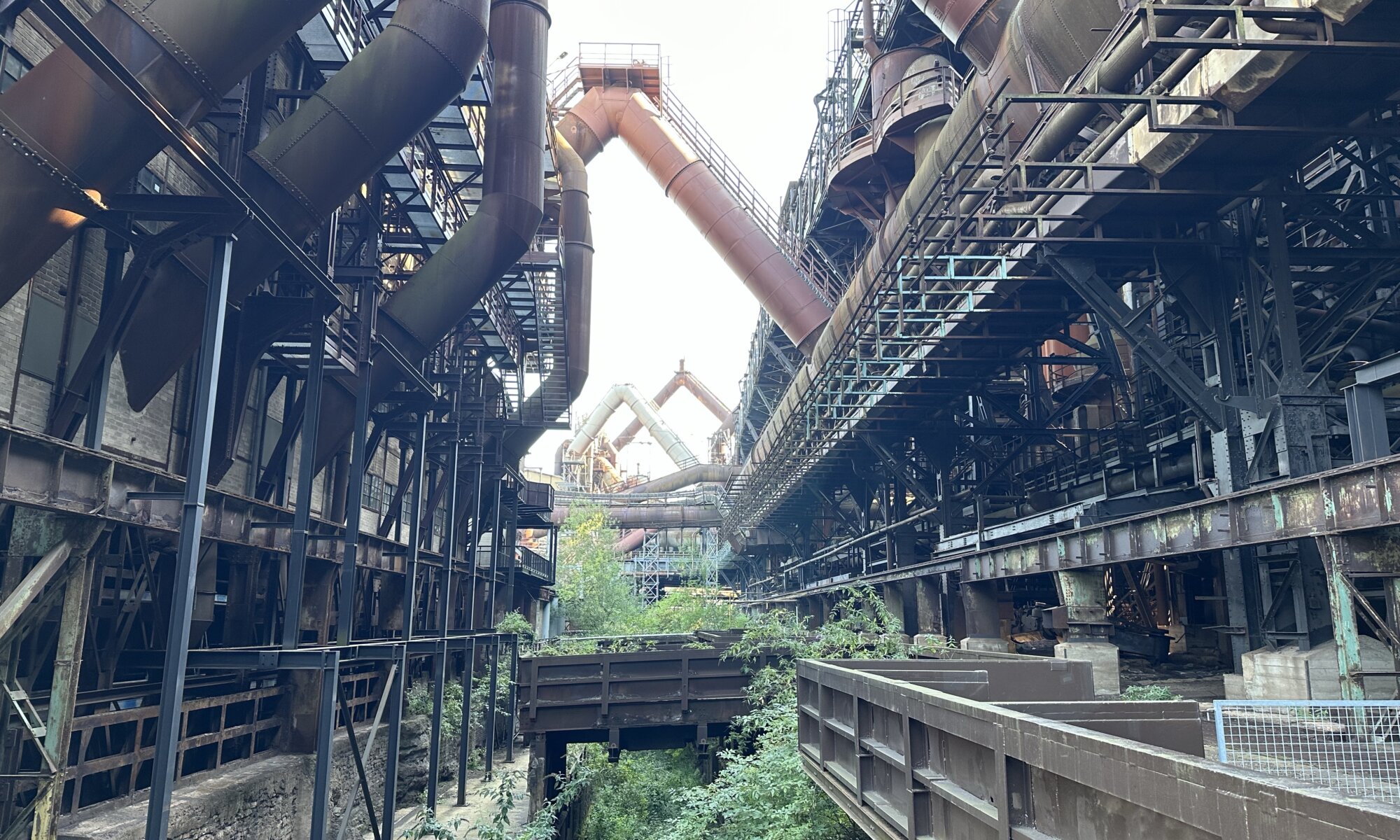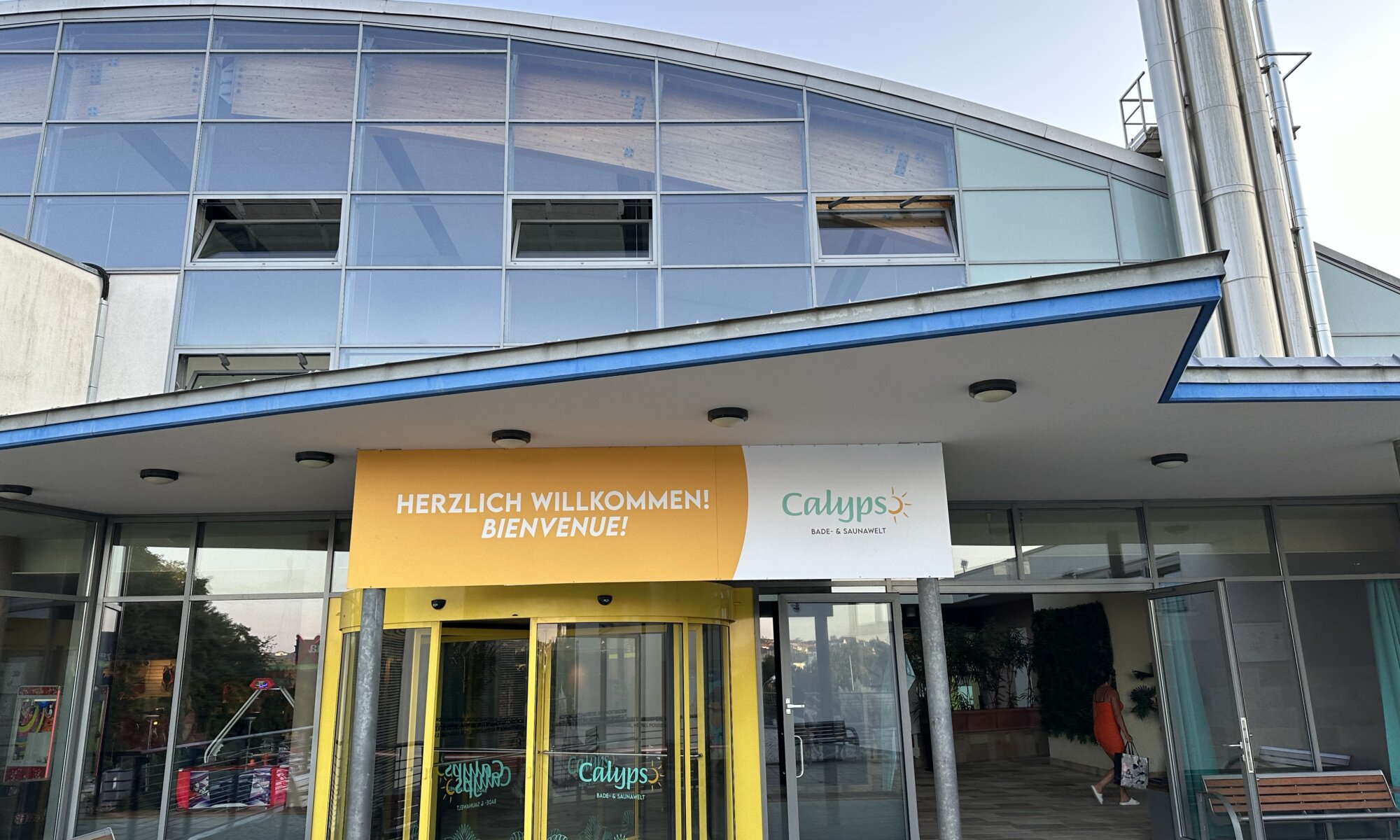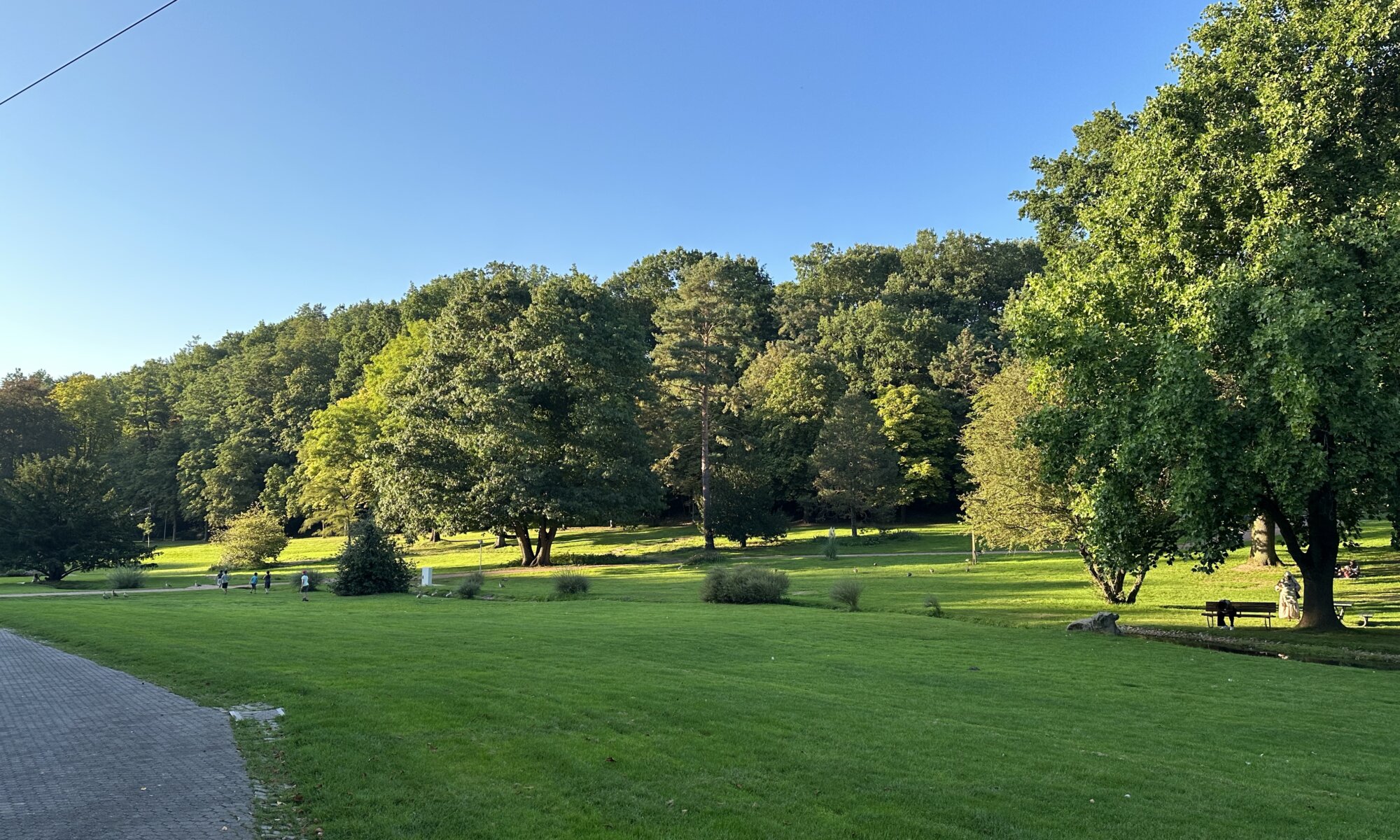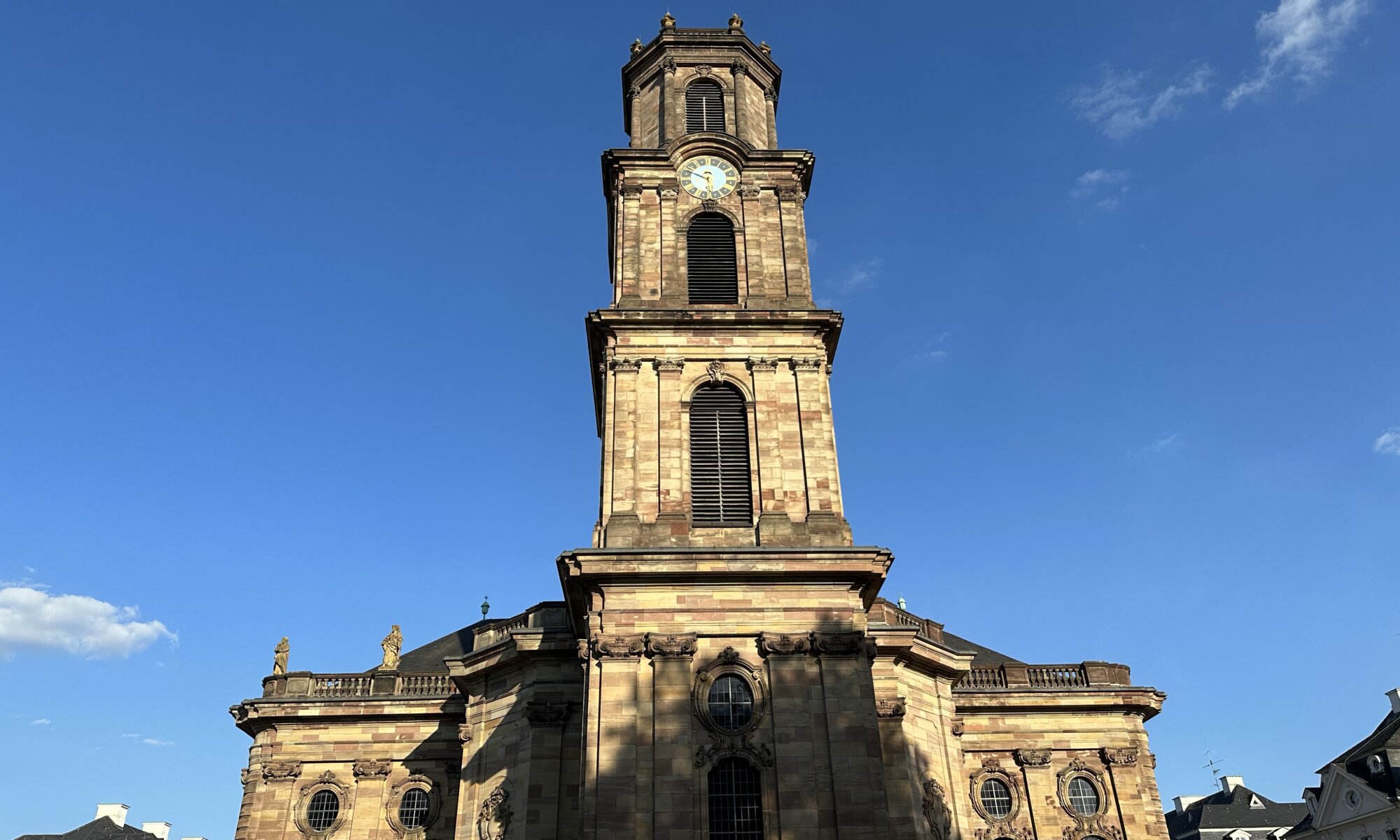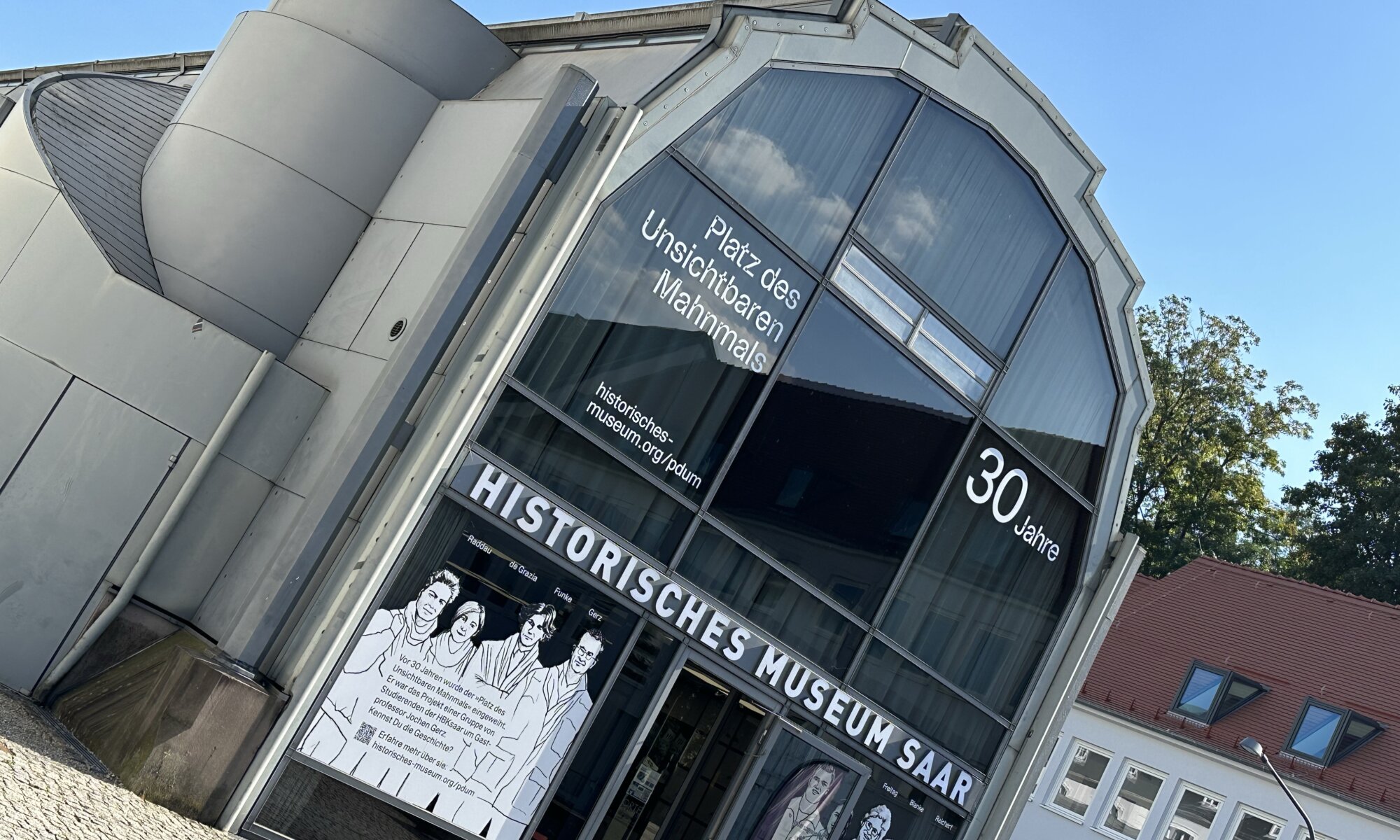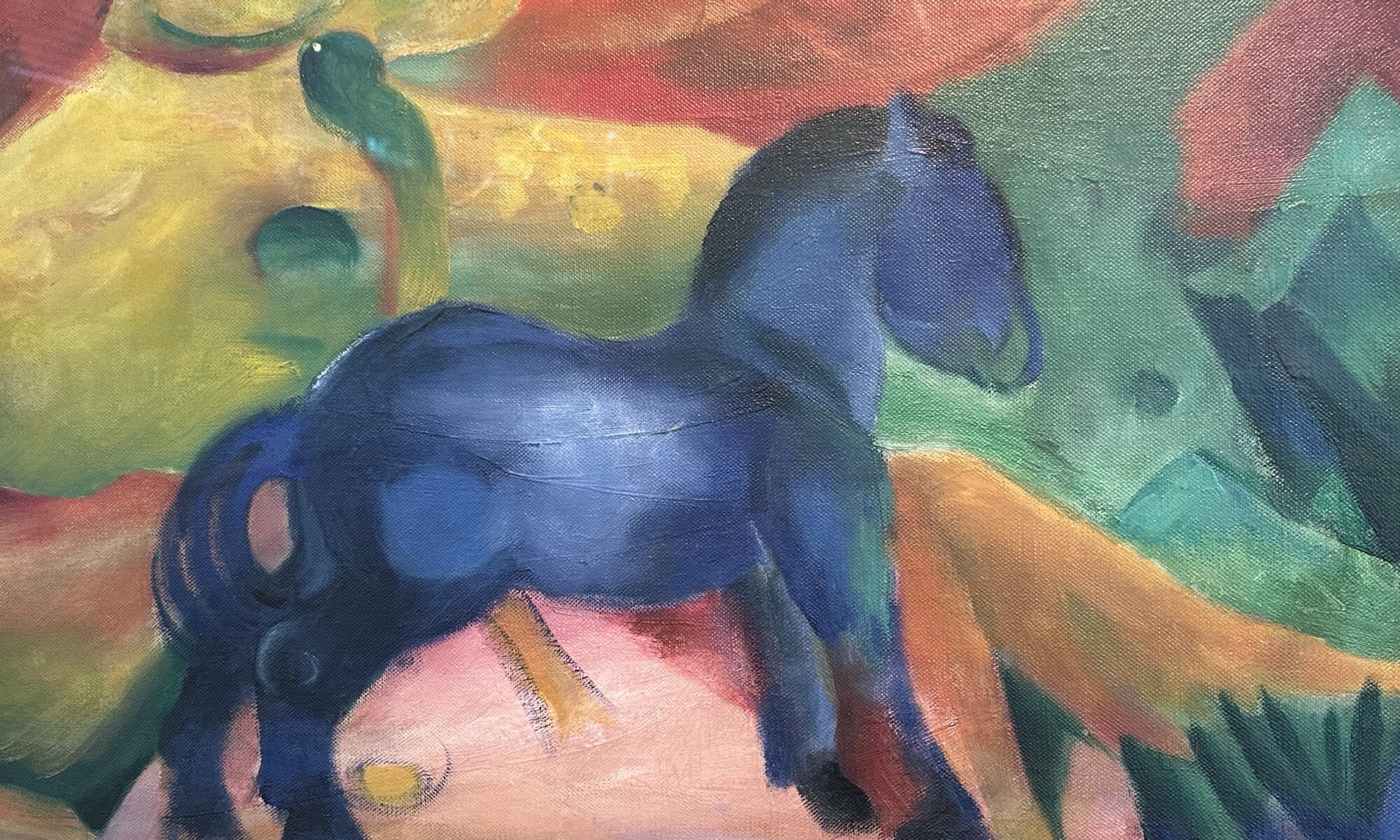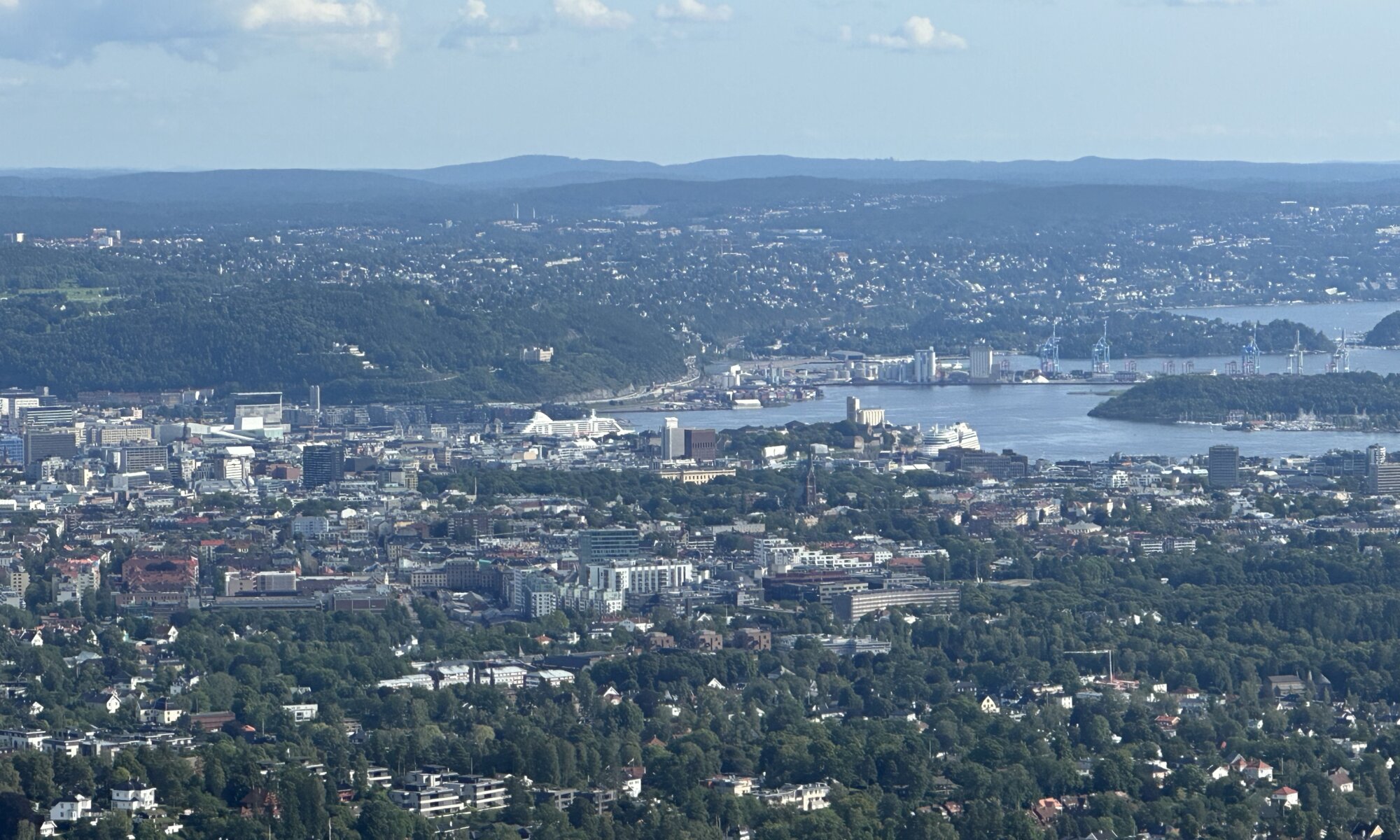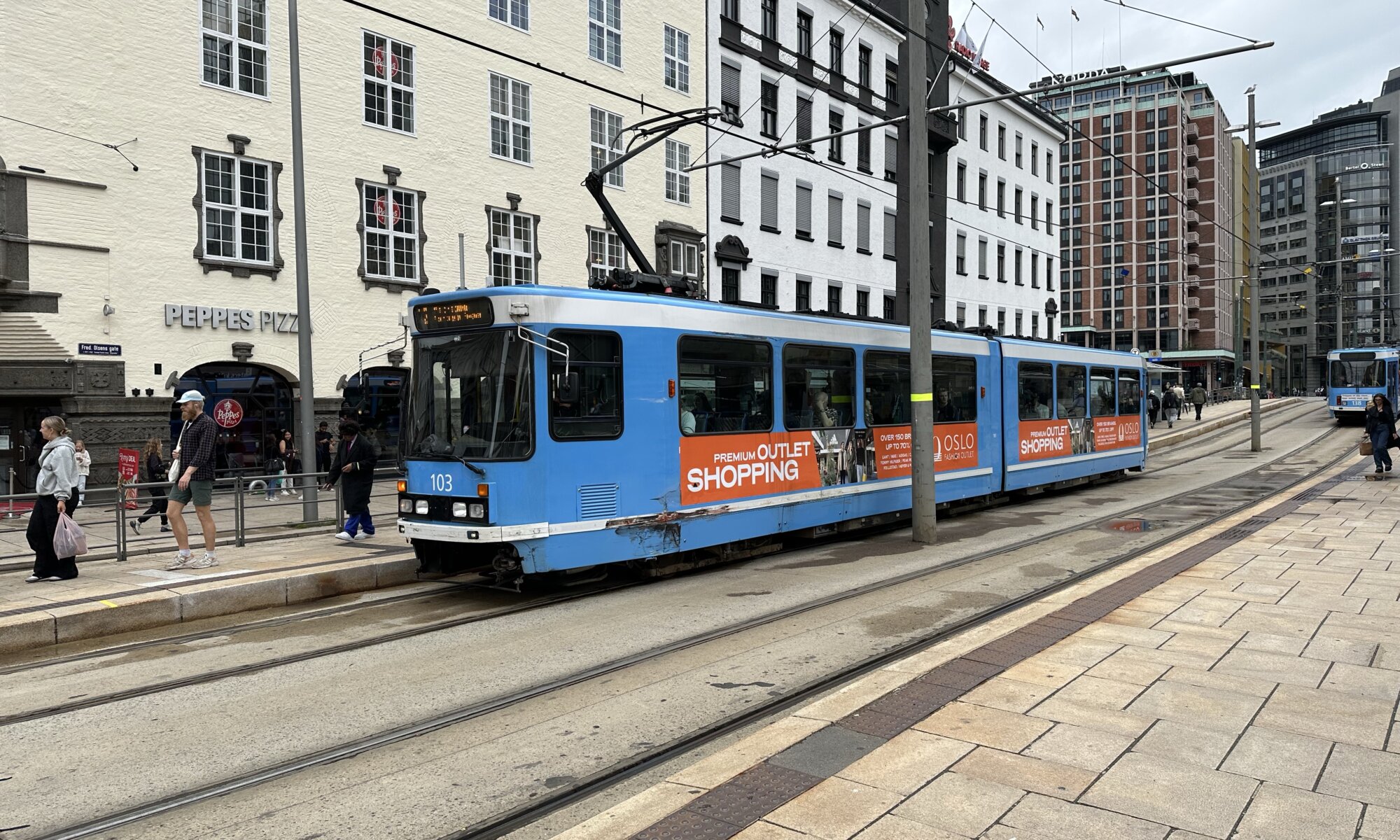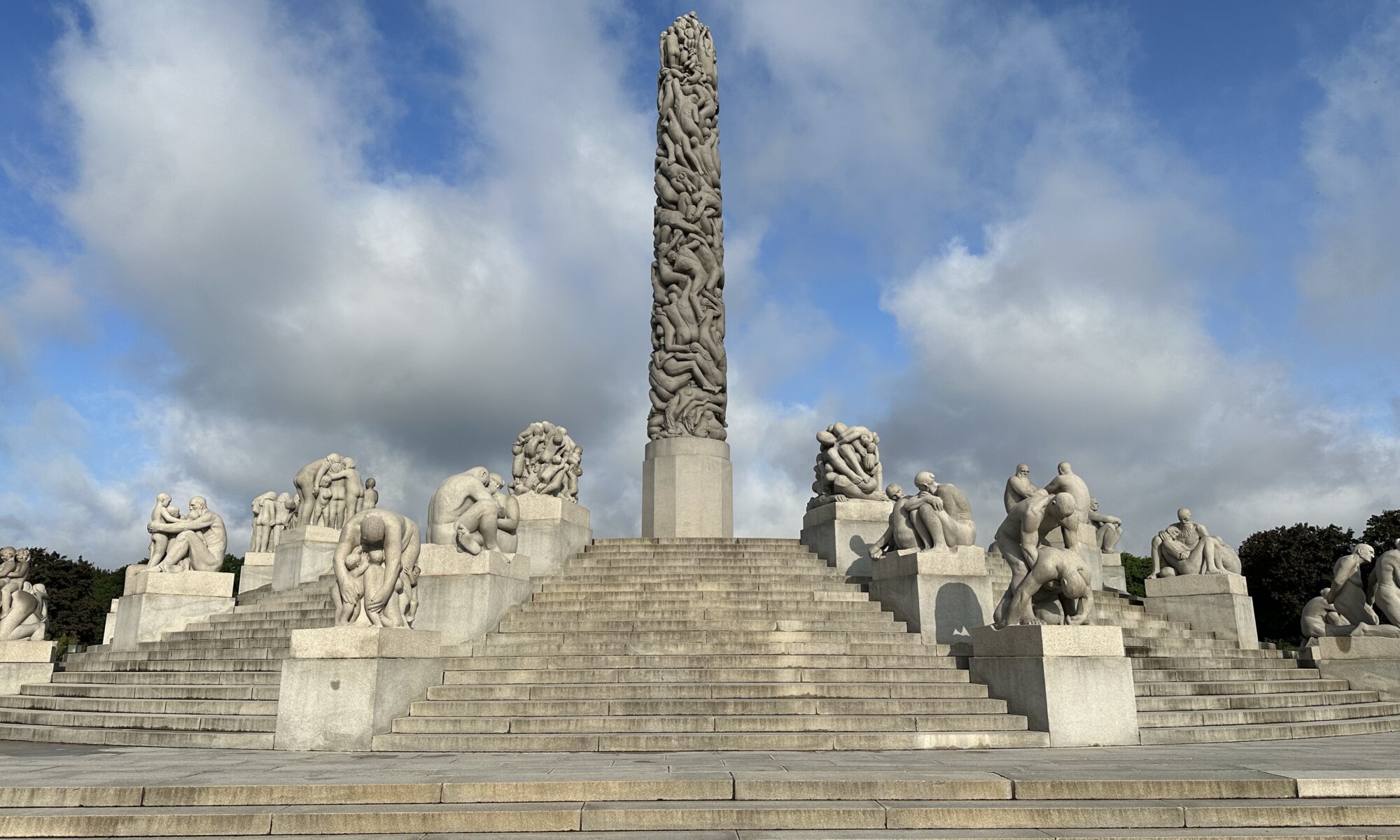When you’re leaving the main railway station of Mannheim, Germany, to the northeast you’ll reach a nice park with fountains and flowers next to the city center. Main feature of this place is the Wasserturm (or Wasserdorn), an icon of the city. It was the first tower created to assure the water supply of the city and it was built from 1886 on. The tower is 60 meters high and was used until the year 2000 (at least as a reserve).
Continue reading “Wasserdorn”Völklinger Hütte
If you’re interested in industrial heritage you need to visit the Saarland, close to France and Luxembourg. At Völklingen, west of the capital city Saarbrücken, you can discover the historic iron works Völklinger Hütte – an impressive UNESCO world heritage site. It was founded in 1873 and produced iron using continuously improved techniques until 1986. Many parts like the Eisenschrägaufzug (transporting the iron 27 meters up into the melting ovens) date back to the 1910s. And already when you’re standing at the railway station of Völklingen you’re overwhelmed by the vast size of this former factory.
Continue reading “Völklinger Hütte”Calypso
In need for a break while being at Saarbrücken, Germany? Close to the Deutsch-Französischer Garten (DFG) you can find the Calypso Bade- & Saunawelt; a nice spa and sauna. Families will enjoy the bathing section with a special children’s area, a diving section with a reef and a sunken submarine and a wild river. The sauna part of the Calypso offers relaxation in different kinds of saunas, a nice outdoor pool and at the great bar located within.
Continue reading “Calypso”Deutsch-Französischer Garten
The Saarland is a border region in Germany that is very close to France and Luxembourg. From the city center of Saarbrücken it is a distance of less than five kilometers to our French friends. Half way you can find a nice park, the Deutsch-Französischer Garten (DFG) or Jardin Franco-Allemand. It was opened in 1960 by chancellor Konrad Adenauer and prime minister Michel Debré. It is a park used by French and German visitors to relax.
Continue reading “Deutsch-Französischer Garten”Ludwigskirche
What is the most iconic building of Saarbrücken, Germany? In former times it might have been the castle with its towers and thick walls – but these structures are only barely visible these days. It came even worse in 1939 when the Wehrmacht destroyed multiple memorial towers (including the iconic Winterbergdenkmal) and church towers to irritate allied pilots during air raids. The most famous landmarks of the city are lost forever.
Continue reading “Ludwigskirche”Historisches Museum Saar
If you want to learn about the history of the Saarland then the Historisches Museum Saar, located at the Schlossplatz of Saarbrücken, will leave no questions unanswered. The Saarland is not only the smallest federal state of Germany, it also has a special history: it was created in 1920 caused by the Treaty of Versailles and became a separate state for 15 years under the coordination of the League of Nations.
Continue reading “Historisches Museum Saar”Little Blue Horse
Franz Marc is the most important German painter working in Expressionism style. His best known works do focus on animals and especially on horses: the Blaues Pferd I can be found at the Städtische Galerie im Lenbachhaus at München, his Turm der blauen Pferde is considered lost since 1945 (after being confiscated as Entartete Kunst by the Nazis and taken by Hermann Göring). But there is another painting showing a blue horse, a cute one: Kleines Blaues Pferdchen has been painted by Franz Marc for Walter, the son of befriended painter August Macke.
Continue reading “Little Blue Horse”Art, peace & sauna
What do you think of when you hear the name Oslo? The Vikings? Edvard Munch and his Skrik? Ski-jumping on Holmenkollen? The Nobel Prize? The iconic opera house at the fjord? First of all Oslo is an amazingly green capital city that was in older days known as Christiania (or Kristiania). It has a city center with many ancient and beautiful buildings due to the fact that it wasn’t impacted by war for a long time. And it is a city offering an absolutely high quality of life: nature, art and mentality contribute to this.
Continue reading “Art, peace & sauna”Oslo pass
I love to purchase tourist passes in advance. With them you typically can use public transport and visit the most important sights without paying every single time. If you get around a lot in a city it can save you a lot of money and that is quite important at Oslo as it is one of the most expensive cities in Europe. How does it work at Oslo currently? You just need to download the ‘Oslo pass‘ app from your mobile app store and within you can buy passes for different time frames. Once you arrived at Oslo you just need to activate it. The app shows two different tickets: one for public transport, one for visiting sights.
Continue reading “Oslo pass”Vigelandsparken
Gustav Vigeland was the most important sculptor of Norway. He was born in 1869 and died at Oslo in 1943; his connection to the capital city was strong: he gave the rights on his sculptures to the city administration and the city administration assured his means of subsistence. Vigeland was highly influenced by French sculptor August Rodin and his work focusses on the relationship between man and woman; maybe that’s why many people can relate to his work and enjoy seeing his sculptures.
Continue reading “Vigelandsparken”